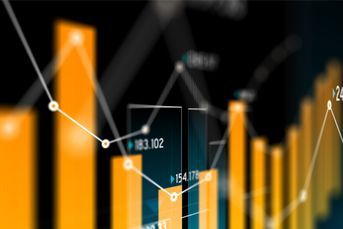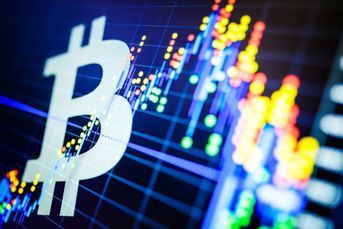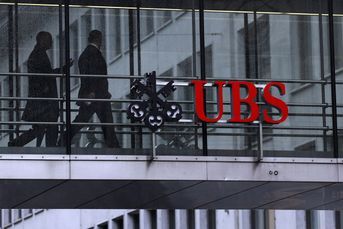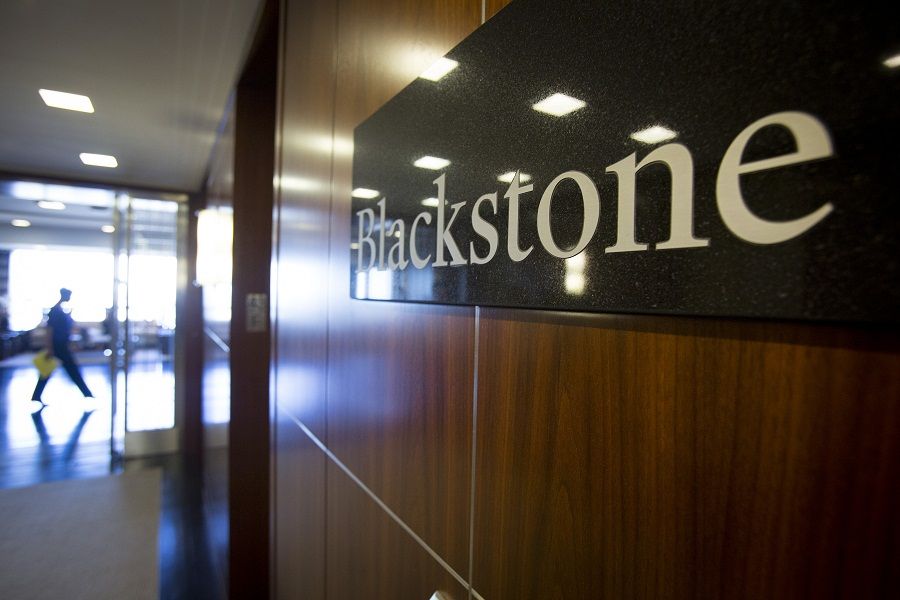More buyers than sellers in the bond market means yields will remain low in 2015
JPMorgan estimates global demand will outstrip supply by roughly $400 billion.
Even in the $100 trillion market for bonds worldwide, one of the most persistent dilemmas facing potential buyers is a dearth of supply.
Demand for debt securities has surpassed issuance five times in the past seven years, according to data compiled by JPMorgan Chase & Co. The shortfall is set to continue into 2015, with the bank predicting demand globally will outstrip supply by about $400 billion as central banks in Japan and Europe step up their own debt purchases.
The mismatch helps to explain why bond yields worldwide have fallen by more than half since the financial crisis in 2008 to a record low of 1.51% in October even as borrowing by governments, businesses and consumers added $30 trillion to the market for debt securities. Now, with a global economic slowdown threatening to hold back the U.S. recovery and few signs of inflation anywhere in the developed world, the shortage of bonds may temper the rise in yields forecasters have projected for next year.
“It will keep global yields lower than they would be otherwise,” said Chris Low, chief economist at FTN Financial. The demand for bonds “reflects disappointing global growth and that’s been a consistent theme.”
Potential bond buyers are poised to spend $2.4 trillion next year on a net basis, while borrowers will issue an estimated $2 trillion of debt, according to JPMorgan, ranked by Institutional Investor magazine as the top firm for fixed-income research in the U.S. and Europe.
CONSTRAINED SUPPLY
JPMorgan estimates that since the end of 2007, the potential bond demand has exceeded supply by more than $2.5 trillion, including a gap almost a half-trillion dollars this year.
The Bank for International Settlements estimates the amount of bonds outstanding has surged more than 40% since 2007 as countries such as the U.S. increased deficits to pull their economies out of recession and companies locked in low-cost financing as central banks dropped interest rates.
Even so, a shortfall emerged. At a time when investors scarred by the worst economic crisis since the Great Depression were seeking out the safest assets, central banks in the U.S., U.K. and Japan sapped new supply by purchasing trillions of dollars of bonds in unprecedented stimulus programs.
Global banking regulations designed to limit risk taking and prevent a repeat of the crisis also boosted buying by requiring that financial firms stockpile highly rated assets.
INSATIABLE DEMAND
All that extra demand has helped push down borrowing costs and upended forecasts by economists and strategists who foresaw higher bond yields this year.
Average bond yields worldwide ended at 1.61% last week, down from more than 3.5% at the close of 2008, index data compiled by Bank of America Corp. show.
This year alone, benchmark yields in all 25 developed nations tracked by Bloomberg declined, with those in Germany, Italy and France setting record lows. That’s boosted bond returns worldwide to 6.6% this year, the most since 2002, according to Bank of America Corp.
The insatiable demand for bonds will continue to hold down yields next year, according to Nikolaos Panigirtzoglou, a strategist at JPMorgan.
“The environment of 2015 will be bullish for bonds,” he said. “Market prices will move in a way that the gap will close. Yields will fall.”
One of the main reasons is that central banks will continue to be among the biggest buyers.
JPMorgan predicts the European Central Bank and the Bank of Japan will boost purchases, offsetting the end of the Federal Reserve’s own quantitative easing, which has added almost $4 trillion of Treasuries and mortgage-backed bonds to the central bank’s assets since 2008.
The ECB will buy about $400 billion next year, while the BOJ will add at least $700 billion, projections from JPMorgan show. That’s more than the estimated $1 trillion that central banks — including the Fed — will accumulate this year.
ECB President Mario Draghi fueled speculation that the bank will start buying government bonds after saying last week that officials would broaden debt purchases if the inflation outlook weakens. Analysts estimate consumer prices in the euro area will rise 0.5% this year, the least since 2009.
The BOJ, the largest holder of Japan’s government bonds with 20%, may end up owning half that market by as early as 2018 as it tries to spur an economy that’s contracted at least five times in the past decade, according to Takuji Okubo, a chief economist at Japan Macro Advisors.
BOND STOCKPILES
Central banks in the U.S., Europe, Japan and the U.K., along with the major lenders and reserve managers in those regions, are on pace to amass $26 trillion of debt securities by the end of next year, according to JPMorgan.
“Because of the incremental buying from central banks, there’s really not been much supply hitting the market,” said George Goncalves, the head of interest-rate strategy at Nomura Holdings Inc., one of the 22 primary dealers that trade with the Fed.
And it’s not only the central banks. Global bond funds will probably add $280 billion next year, while pensions and insurers in the U.S., Europe, Japan and the U.K. will buy an estimated $550 billion, according to JPMorgan.
With yields so low and growth in the U.S. economy gaining momentum, there are fewer reasons why investors will want bonds, according to William Larkin, a money manager at Cabot Money Management, which oversees $520 million.
The world’s largest economy posted the strongest six months of growth in a decade, while employers are adding the most jobs since 1999. Signs of earnings growth, which has proven elusive during the five-year expansion, also are emerging.
Wages and salaries increased last quarter by the most since 2008, data from the Labor Department show. That may help spur more consumer spending and lift a measure of inflation that has fallen short of the Fed’s 2% goal for two years.
“There’s not enough compensation for the risks,” Mr. Larkin said. “It’s hard to find anything worth buying.”
Even in the U.S., where benchmark Treasuries offer investors higher yields than those in any other Group of Seven nation, a bond metric known as the term premium suggests the 10-year note is close to the most expensive levels in two years.
Yields on the note have confounded forecasters by falling 0.72 percentage points this year, to 2.31% last week. Strategists are still confident yields ultimately will rise as the economy strengthens and should end 2015 at 3.24%.
ENTRENCHED BUYERS
The yield was at 2.33% as of 8:55 a.m. in New York on Monday.
Weaker global expansion and a lack of inflation threatens to make those forecasts all too optimistic yet again. Last month, the International Monetary Fund lowered its 2015 growth forecast to 3.8%, from 4% in July.
That’s translating into diminished expectations for inflation. For Japan, bond yields indicate consumer prices will rise an average of just over 1% per year over the next decade. In Germany, Europe’s largest economy, those expectations dipped below 1% last month.
Even in the U.S., a bright spot among global economies, the weakening long-term inflation is drawing greater scrutiny. Minutes of the Fed’s meeting released Nov. 19 said, “Participants observed the committee should remain attentive to evidence of a possible downward shift in longer-term inflation expectations.” That day, the bond market’s inflation outlook for the next decade closed at a three-year low of 1.84%.
For Guy LeBas, the chief fixed-income strategist at Janney Montgomery Scott, investor concern over slow growth and inflation means there’s little reason that the global appetite for bonds has to let up any time soon.
“There’s still global demand for fixed income,” he said. “It’s deep and entrenched.”
Learn more about reprints and licensing for this article.








